What Is a Cold Plunge? Unlocking 4 Strong Benefits of an Age-Old Practice
Have you ever wondered how ancient civilizations managed to maintain their vigor and vitality without modern amenities? One of their secret practices was cold plunging, a technique that has stood the test of time. In recent years, this age-old tradition has gained popularity among health enthusiasts, athletes, and wellness seekers worldwide. In this blog post, we will explore what is a cold plunge, its history, the science behind its benefits, and how you can incorporate this invigorating practice into your routine for improved physical and mental well-being.
Table of Contents
What Is a Cold Plunge:
Understanding Cold Plunges: A Brief History
Cold plunges have been used for thousands of years in various cultures, including ancient Rome, Greece, Russia, and Scandinavia. The Romans, for example, constructed elaborate bathing complexes called “thermae,” which featured pools of varying temperatures, including cold baths. These cultures recognized the rejuvenating properties of cold water immersion and incorporated it into their daily lives. Today, the tradition lives on, albeit in different forms, with cold plunges becoming increasingly popular worldwide.
What Is a Cold Plunge:
The Science Behind Cold Plunging
Engaging in a cold plunge triggers a physiological response in the body known as cold shock response. When exposed to cold water, the blood vessels constrict, diverting blood flow from the extremities to vital organs to preserve core body temperature. As a result, the heart rate and blood pressure increase, supplying oxygen and nutrients to the organs. Additionally, the body releases endorphins and activates the sympathetic nervous system, leading to increased alertness and heightened mood. Now that we know what is a cold plunge, let’s look at benefits.
What Is a Cold Plunge:
Health Benefits of Cold Plunges
1. Enhanced Recovery and Muscle Repair:
Cold plunges have shown promising results in reducing exercise-induced muscle damage and accelerating recovery. The cold water immersion helps decrease inflammation, swelling, and muscle soreness, allowing athletes to bounce back quicker from intense training sessions.
2. Increased Metabolism and Weight Management:
Cold water exposure stimulates brown fat activation, a type of fat that generates heat to burn calories and maintain body temperature. Regular cold plunges may contribute to increased calorie expenditure, making it a potential aid in weight management.
3. Boosted Immunity and Reduced Inflammation:
Cold plunging can improve the body’s immune response by increasing the production of white blood cells and enhancing the overall immune function. The cold shock response also helps reduce inflammation and alleviate symptoms associated with chronic inflammatory conditions.
4. Improved Mental Health and Stress Reduction:
Cold water immersion triggers the release of endorphins, dopamine, and serotonin, promoting feelings of relaxation, improved mood, and reduced stress. Cold plunges are also associated with increased resilience to stress and enhanced mental clarity.
How to Take a Cold Plunge: Tips and Precautions
Start Gradually: Begin with shorter exposure times and gradually increase as your body adapts to the cold water. This will help prevent shock and minimize the risk of hypothermia.
1. Choose the Right Temperature:
While there is no specific temperature range for a cold plunge, it is generally recommended to keep the water between 50°F (10°C) and 60°F (15°C). Experiment with different temperatures to find what works best for you.
2. Take Safety Precautions:
Always have someone present when taking a cold plunge, especially if you are new to the practice. This ensures that assistance is available if needed. It is also advisable to consult with a healthcare professional, especially if you have any underlying health conditions.
3. Proper Breathing Techniques:
Control your breathing while in the cold water to help regulate your body’s response. Take slow, deep breaths to calm your mind and relax your body. Focus on exhaling fully to release tension.
4. Gradual Immersion Technique:
Start by immersing your feet and gradually work your way up, allowing your body to adjust to the cold. Avoid sudden full-body immersion, as it can be a shock to your system.
5. Post-Plunge Recovery:
After your cold plunge, warm yourself up slowly by wrapping in a warm towel or blanket. Avoid hot showers immediately after a cold plunge, as it can be too intense for your body.
Alternatives to Cold Plunges
Now you know what is a cold plunge, if a cold plunge doesn’t appeal to you or you don’t have access to suitable facilities, there are alternative methods to experience similar benefits:
1. Cold Showers:
Taking a cold shower can provide some of the benefits of a cold plunge. Start by incorporating cold bursts during your regular shower routine and gradually increase the duration of the cold exposure.
2. Cryotherapy:
Cryotherapy involves exposing the body to extremely cold temperatures for a short period. Whole-body cryotherapy sessions are conducted in specialized chambers, providing similar benefits to a cold plunge.
3. Ice Baths:
Fill your bathtub with cold water and add ice to lower the temperature further. This can be an effective way to experience the benefits of a cold plunge in the comfort of your own home.
What Is a Cold Plunge Conclusion
Incorporating a cold plunge into your routine can be a refreshing and invigorating practice with numerous health benefits. From enhanced recovery and improved metabolism to boosted immunity and reduced stress, the advantages of cold water immersion are compelling. Remember to start gradually, listen to your body, and take necessary precautions. Whether you choose a cold plunge, cold showers, or alternative methods like cryotherapy, embracing the power of cold water can unlock a new level of physical and mental well-being. So, take the plunge and experience the revitalizing effects for yourself!
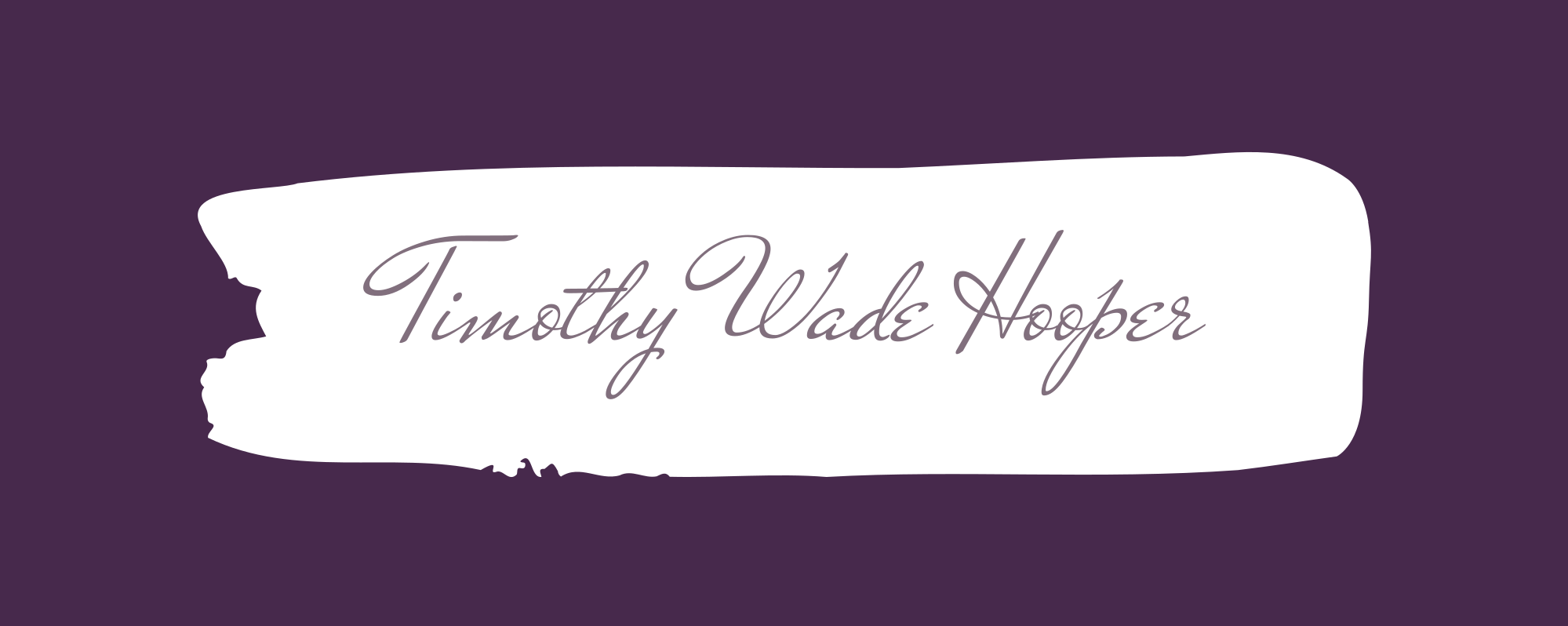


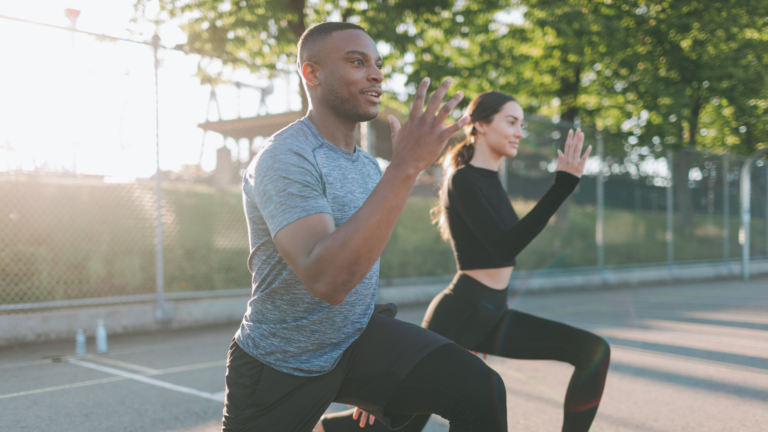
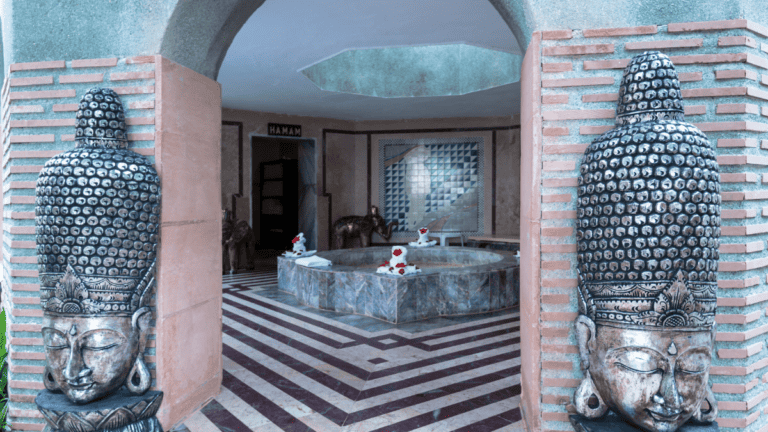
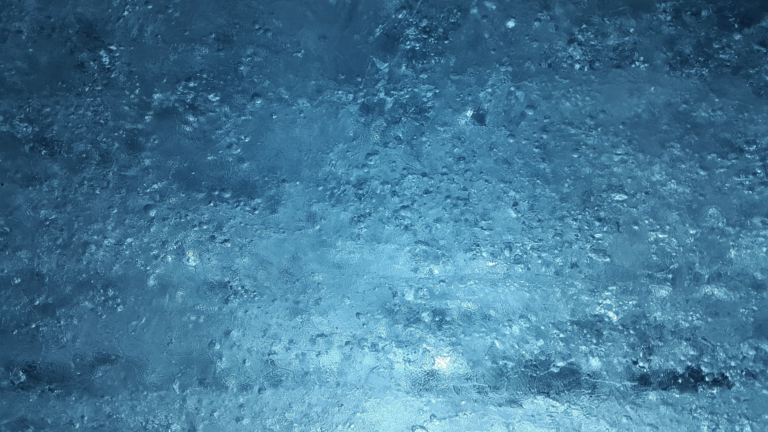

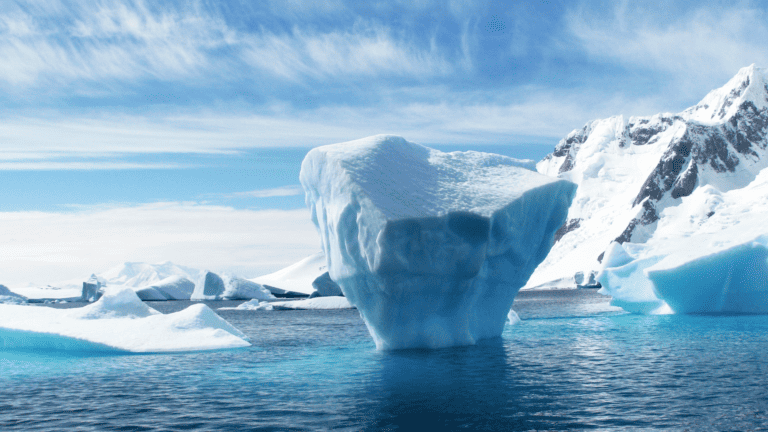
One Comment
Comments are closed.